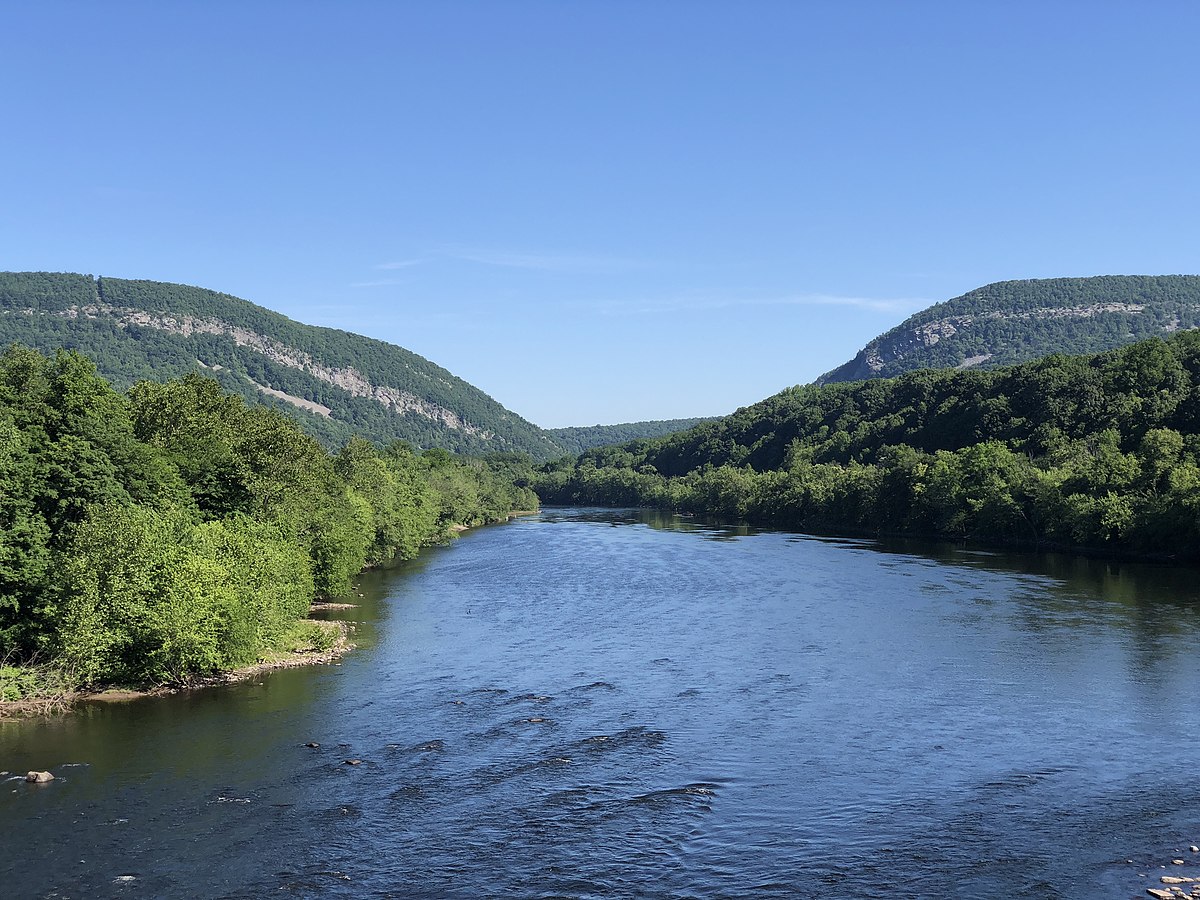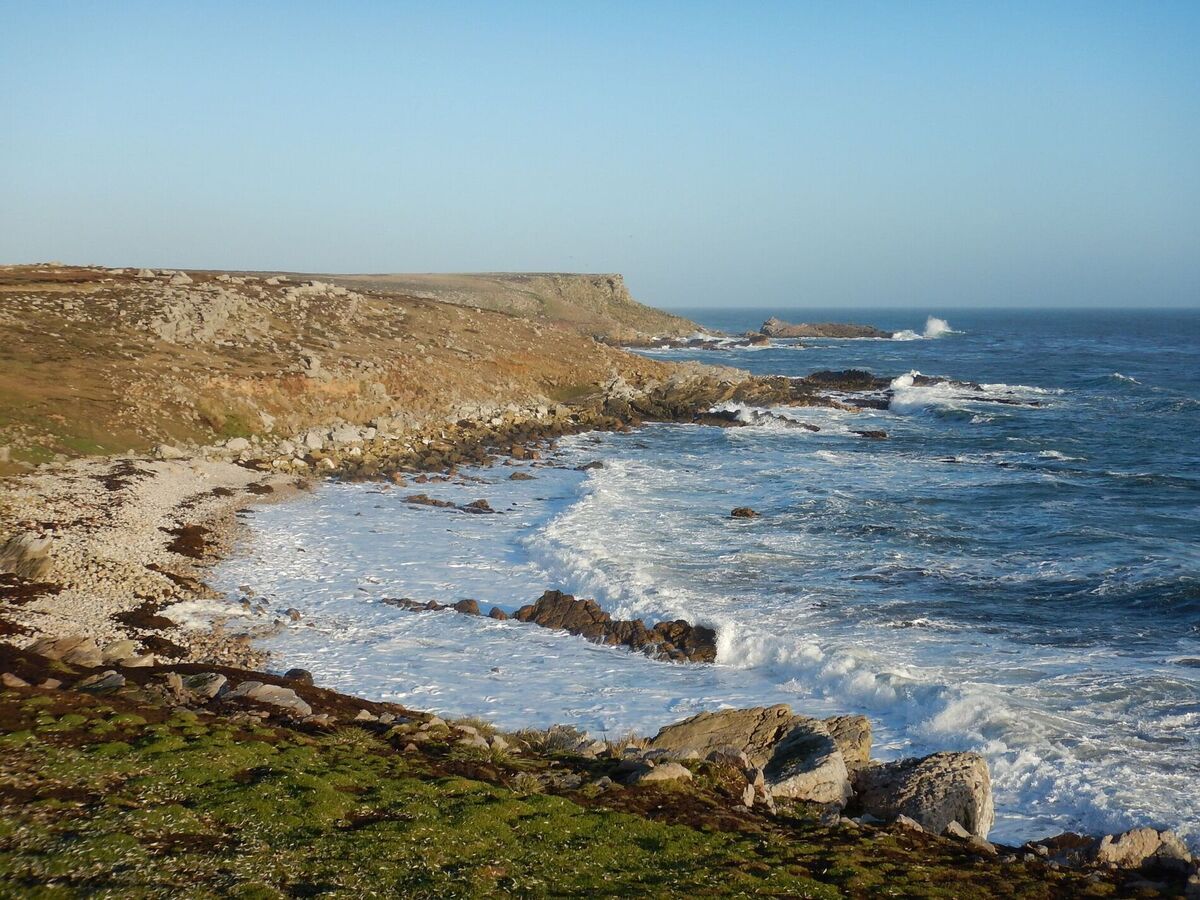
The Delaware River, with its rich history and ecological significance, holds a special place in the hearts of many. Flowing through the eastern United States, this majestic river has captivated the imagination of people for centuries. Its waters have witnessed pivotal moments in American history and continue to sustain diverse ecosystems along its course.
In this article, we will delve into 18 fascinating facts about the Delaware River, exploring its geological formation, cultural importance, and ecological impact. From its humble beginnings to its vital role in shaping the region, the Delaware River has a story to tell. So, let's embark on a journey of discovery, unraveling the wonders of this iconic waterway.
Key Takeaways:
- The Delaware River is a vital waterway supporting millions of people and diverse wildlife, playing a crucial role in history and modern life.
- From providing drinking water to inspiring artists, the Delaware River is a symbol of resilience and natural beauty, inviting everyone to cherish its timeless allure.
The Delaware River is a major river on the Atlantic coast of the United States.
Flowing through five states, including New York, Pennsylvania, New Jersey, Delaware, and Maryland, the Delaware River plays a crucial role in the region's ecosystem and economy.
It is one of the few remaining free-flowing rivers in the United States.
The Delaware River stands as a testament to the beauty of unimpeded natural waterways, providing habitats for diverse flora and fauna.
The river's watershed supports over 15 million people.
Communities within the Delaware River watershed rely on its water for drinking, agriculture, and industrial purposes, emphasizing its significance in sustaining livelihoods.
The Delaware River played a pivotal role in the early development of the United States.
As one of the country's primary transportation routes in the 18th and 19th centuries, the Delaware River facilitated trade and commerce, contributing to the nation's growth.
It is home to various species of fish, including shad and striped bass.
The river's rich biodiversity supports numerous fish species, attracting anglers and nature enthusiasts from far and wide.
The Delaware River is a popular destination for recreational activities such as kayaking, canoeing, and tubing.
Enthusiasts flock to the river to partake in thrilling water adventures while soaking in the picturesque natural scenery.
The river played a significant role in the Revolutionary War.
During the pivotal Battle of Trenton, General George Washington and his troops crossed the icy Delaware River, marking a turning point in the war.
The Delaware River Basin Commission manages the river's resources.
Established in 1961, the commission oversees the conservation and equitable use of the Delaware River's water resources.
The Delaware River is a source of drinking water for millions of people.
Communities along the river rely on its pristine waters for their daily drinking and sanitation needs, highlighting its indispensable role in sustaining human life.
The river is a vital migratory route for birds.
Each year, countless migratory birds traverse the Delaware River, making it a crucial pathway for avian species during their seasonal journeys.
The Delaware River is a designated American Heritage River.
In 1997, the river received this prestigious designation, recognizing its historical, cultural, and environmental significance.
It is a haven for outdoor enthusiasts and nature lovers.
The Delaware River offers a plethora of opportunities for outdoor recreation, from hiking along its scenic banks to birdwatching in its lush wetlands.
The river is a significant source of hydroelectric power.
Several hydroelectric plants harness the Delaware River's energy to generate electricity, contributing to the region's power supply.
The Delaware River is an essential component of the Delaware and Raritan Canal.
This historic canal, which runs alongside the river, played a pivotal role in the transportation of goods during the 19th century.
It serves as a vital corridor for commercial shipping.
The Delaware River accommodates cargo vessels, fostering trade and economic activities within the region.
The river has been the subject of conservation efforts to preserve its natural splendor.
Numerous organizations and environmental advocates have worked tirelessly to safeguard the Delaware River's ecological integrity for future generations to cherish.
The Delaware River is a source of inspiration for artists and writers.
Its serene waters and picturesque landscapes have served as muses for creative individuals, inspiring works of art and literature that capture its timeless allure.
The Delaware River continues to be a symbol of resilience and natural beauty.
Amidst the ever-changing landscape of the modern world, the Delaware River stands as a steadfast emblem of unspoiled natural magnificence, beckoning all to appreciate its enduring splendor.
The Delaware River, with its rich history and ecological significance, remains an iconic symbol of the enduring bond between humanity and nature, inviting all to cherish its timeless allure.
Conclusion
The Delaware River is a vital natural resource that sustains diverse ecosystems, provides recreational opportunities, and supports local economies. Its rich history and ecological significance make it a cherished landmark in the United States. By understanding the river's unique characteristics and the crucial role it plays in the region, we can foster a deeper appreciation for this remarkable waterway and work towards its preservation for future generations.
FAQs
What are some popular recreational activities on the Delaware River?The Delaware River offers a wide range of recreational activities, including kayaking, canoeing, fishing, and hiking along its scenic banks. These activities provide opportunities for outdoor enthusiasts to connect with nature and enjoy the river's natural beauty.
How does the Delaware River contribute to the local economy?The Delaware River supports various industries, including transportation, tourism, and agriculture. It serves as a vital waterway for shipping and commerce, while also attracting tourists to its picturesque waterfronts and historic sites. Additionally, the river's fertile floodplains are utilized for agriculture, contributing to the local economy.
Was this page helpful?
Our commitment to delivering trustworthy and engaging content is at the heart of what we do. Each fact on our site is contributed by real users like you, bringing a wealth of diverse insights and information. To ensure the highest standards of accuracy and reliability, our dedicated editors meticulously review each submission. This process guarantees that the facts we share are not only fascinating but also credible. Trust in our commitment to quality and authenticity as you explore and learn with us.


